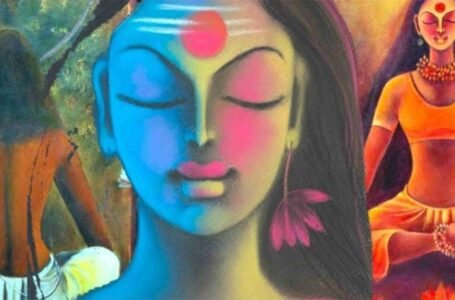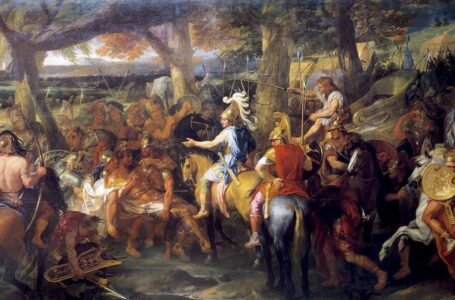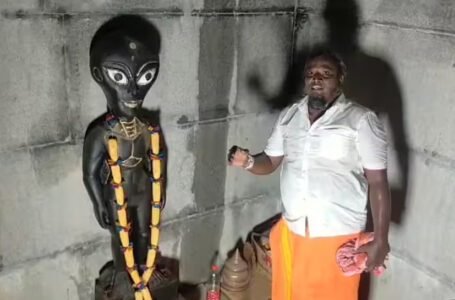The Devotional Symphony of Bhakta Ramadasu: A Journey Through Melody and Faith
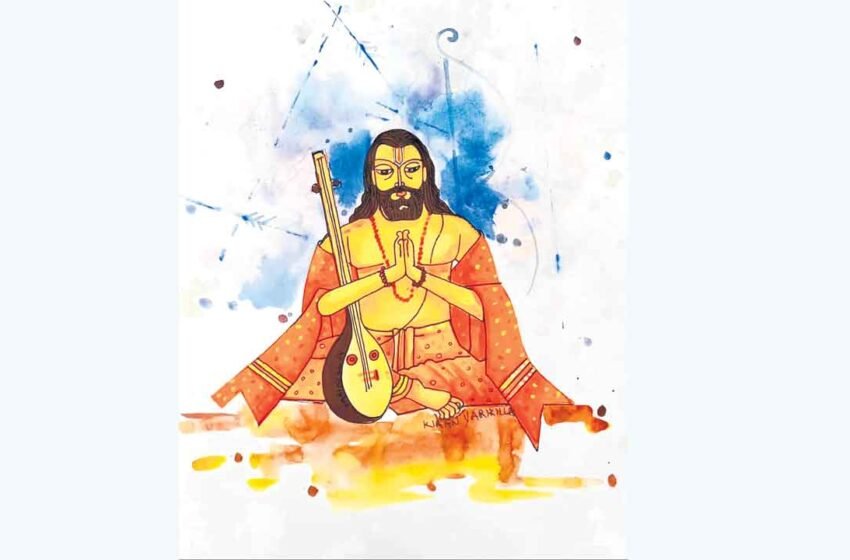
Few have resonated as deeply with the ethos of devotion as Kancharla Gopanna, known to the world as Bhakta Ramadasa. His life was a testament to the power of faith and the transcendence of music as a form of worship. Born in the 17th century in Nelakondapalli village, Bhadradri Kothagudem district, Telangana, Ramadasa was a government official under the employ of Abul Hasan Qutb Shah, the Tani Shah of Golconda. His profound love for Lord Rama compelled him to express his devotion through music and poetry.

Ramadasa’s contributions to Carnatic music are monumental. He composed hundreds of devotional songs in Telugu, known as ‘Ramadasu Keerthanas’, which are still sung today. His works are characterised by their simplicity, lyrical beauty, and deep emotional expression. The legacy of Bhakta Ramadasu goes beyond his musical compositions. He is revered for his role in constructing the famous Rama temple at Bhadrachalam and for enduring imprisonment in the name of his devotion. His life story continues to inspire countless devotees across generations.
Ramadasa utilised government funds to construct the Rama temple at Bhadrachalam, driven by a vision to build a house of worship for his beloved deity. When the misuse of funds was discovered, he was imprisoned by the Golconda Sultanate for 12 years. During his incarceration, it is said that Ramadasa composed many of his most heartfelt Keertanas, pleading for Rama’s mercy and intervention. According to popular belief, Lord Rama and Lakshmana eventually appeared before the Sultan in disguise to repay the debt and secure Ramadasa’s release.

During his imprisonment, Bhakta Ramadasa composed many Keerthanas that expressed his longing for Lord Rama’s presence and help. Some of the notable Keertanas from this period include:
“Paluke Bangaramayena”: This Keertana is a heartfelt plea to Lord Rama, where Ramadasa questions why Rama is silent to his calls, comparing his voice to a gentle melody.
“Ikanaina Na Yesu”: In this composition, he expresses his unwavering faith in Rama, affirming that he sees no other refuge than the Lord.
“O Rama Nee Namam Emi Ruchira”: A beautiful composition praising the sweetness of Rama’s name and its ability to bestow happiness and salvation upon the devotees.
‘Paluke Bangaramayena’ is a Keertana that holds profound significance in the Bhakti movement and Carnatic music. It represents Bhakta Ramadasa’s intense personal dialogue with Lord Rama during his imprisonment, where he questions the silence of his beloved deity in response to his suffering.
The phrase ‘Paluke Bangaramayena’ translates to ‘Is my word gold or not?’, metaphorically asking if Rama values his devotee’s words and cries for help. The Keertana is a poignant expression of Ramadasa’s pain, hope, and unwavering faith, despite the trials he faced.

This composition has become emblematic of the idea that the divine is always listening and that the names of gods like Rama have the power to comfort and uplift the human spirit in times of adversity.
It showcases Ramadasa’s mastery of melody and rhythm, making it a favourite among Carnatic musicians The lyrics express deep surrender and devotion to Lord Rama, reflecting Ramadasa’s own spiritual journey. The Keertana has become a cultural touchstone, often performed during religious festivals and events.
‘Paluke Bangaramayena’ follows the traditional structure of Carnatic music compositions, which is designed to enhance the devotional and emotional content of the lyrics. The Keertana consists of:
Pallavi: The refrain, which sets the theme and is often repeated throughout the composition. In this Keertana, ‘Paluke Bangaramayena’ serves as the pallavi.

Anupallavi: A verse that follows the pallavi and expands on the theme. It provides a deeper insight into the emotions or message conveyed in the pallavi.
Charanams: These are subsequent verses that further elaborate on the devotional sentiments. Each charanam adds a new layer of meaning and often includes a narrative or a prayerful request.
Bhakta Ramadasa’s compositions have been brought to life by many distinguished Carnatic musicians, each adding their own interpretation and emotional depth to the Keertanas. Some famous renditions include:
M.S. Subbulakshmi: Her soul-stirring performances of Ramadasa’s Keertanas have been widely celebrated, with ‘Paluke Bangaramayena’ being one of her most revered renditions.
Balamuralikrishna: Known for his versatile voice and technical mastery, Balamuralikrishna’s renditions of Ramadasa’s works are considered exemplary in the Carnatic music community.
Nedunuri Krishnamurthy: His deep and resonant voice has given a profound expression to Ramadasa’s compositions, leaving a lasting impact on listeners.
Bhakta Ramadasa’s compositions have had a profound impact on modern Carnatic music, shaping both its form and spirit. His Keertanas are:
Pedagogical Tools: Used extensively in teaching, they help students grasp the nuances of ragas and talas.
Repertoire Staples: Frequently performed in concerts, they showcase the emotive potential of Carnatic music.
Spiritual Anchors: They reinforce the devotional aspect of the genre, connecting performers and audiences to the divine.
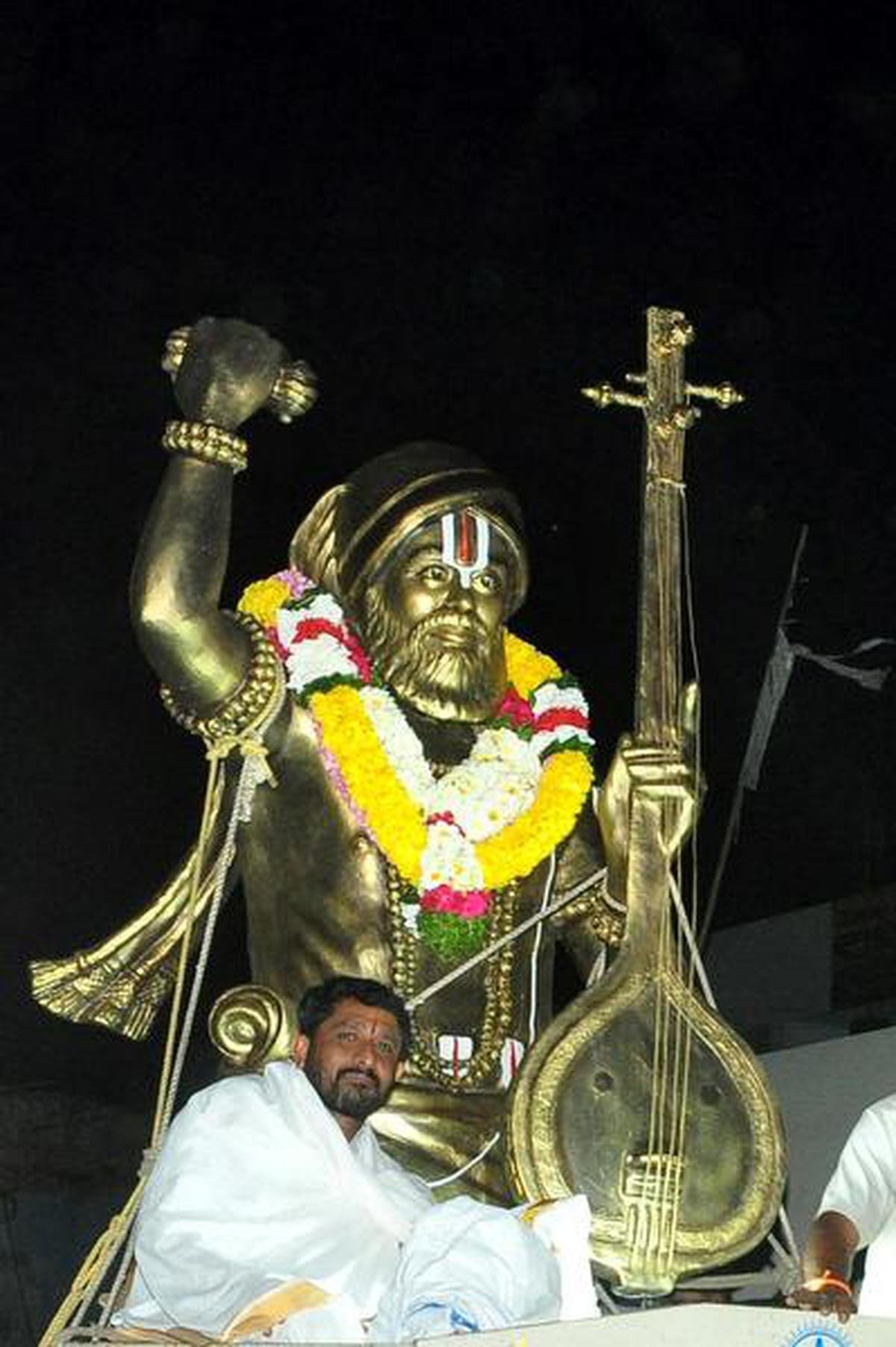
Bhakta Ramadasa, born Kancharla Gopanna, hailed from a Telugu-speaking Niyogi Brahmin family in the 17th century. He grew up in Nelakondapalli village, Bhadradri Kothagudem district, Telangana. His upbringing was deeply rooted in religious traditions, which shaped his later devotion to Lord Rama. Details about his family are sparse, but it is known that he was married and had a family. His familial responsibilities did not deter him from his spiritual pursuits Ramadasa’s life was characterised by an intense devotion to Lord Rama, which was the driving force behind his actions, including the construction of the Rama temple at Bhadrachalam. Beyond his musical and spiritual contributions, Ramadasa’s personal life is remembered for his unwavering faith and resilience in the face of adversity.
Yes, Bhakta Ramadasa faced significant challenges in his personal life due to his devotion. The most notable was his imprisonment, which stemmed from his decision to use government funds to build the Rama temple at Bhadrachalam. This act of devotion resulted in a 12-year incarceration, during which he endured hardship and isolation.
Despite these challenges, Ramadasa’s faith remained unshaken, and he continued to compose Keertanas that reflected his deep love and trust in Lord Rama. His personal sacrifices and the trials he faced are seen as testaments to his unwavering devotion and spiritual strength.

After his release from prison He was revered as a saint and his devotion to Lord Rama was recognized and respected by the people and the rulers alike. Ramadasa continued to compose Keertanas and remained deeply involved in devotional activities, further solidifying his legacy as a composer and devotee and His release and subsequent life contributed to the legend of his sainthood, with many viewing his imprisonment and release as divine tests of his faith.
His most enduring non-musical contribution is the construction of the famous Rama temple at Bhadrachalam, which remains a major pilgrimage site. He played a pivotal role in promoting the Bhakti movement in South India, inspiring devotion through his life and works. His teachings and Keertanas have influenced spiritual thought and practice, emphasising personal devotion as a path to salvation. The most famous miracle is the divine intervention that led to his release from prison. It is said that Lord Rama and Lakshmana appeared in a dream to the Golconda Sultan, Tana Shah, and repaid the debt in gold coins, leading to Ramadasa’s release. Ramadasa reportedly had visions of Lord Rama, which inspired many of his compositions and strengthened his resolve during difficult times. Many Carnatic musicians have been inspired by his compositions and continue to perform them, thus preserving his musical heritage and his life and devotion have inspired countless individuals who consider him a spiritual guide, even if they are not direct disciples. The temple at Bhadrachalam and the stories of his devotion have become integral parts of the cultural fabric, influencing generations.

Bhakta Ramadasa’s musical genius and deep devotion. Its melodic beauty and spiritual fervour have cemented its place in the Carnatic music canon, resonating with musicians and devotees alike. Through this Keertana, Ramadasa’s legacy continues to inspire, offering a window into the soul of devotional music and the timeless appeal of heartfelt worship.
